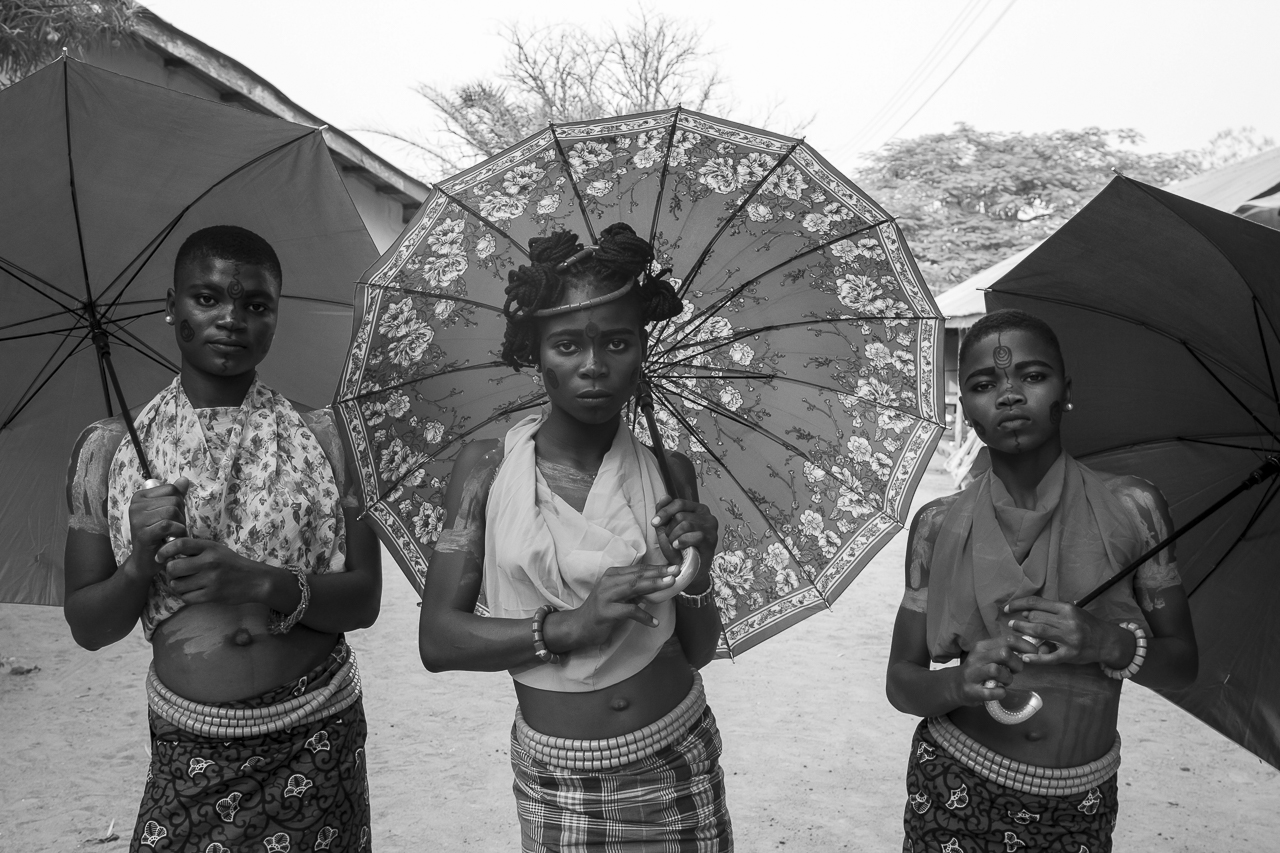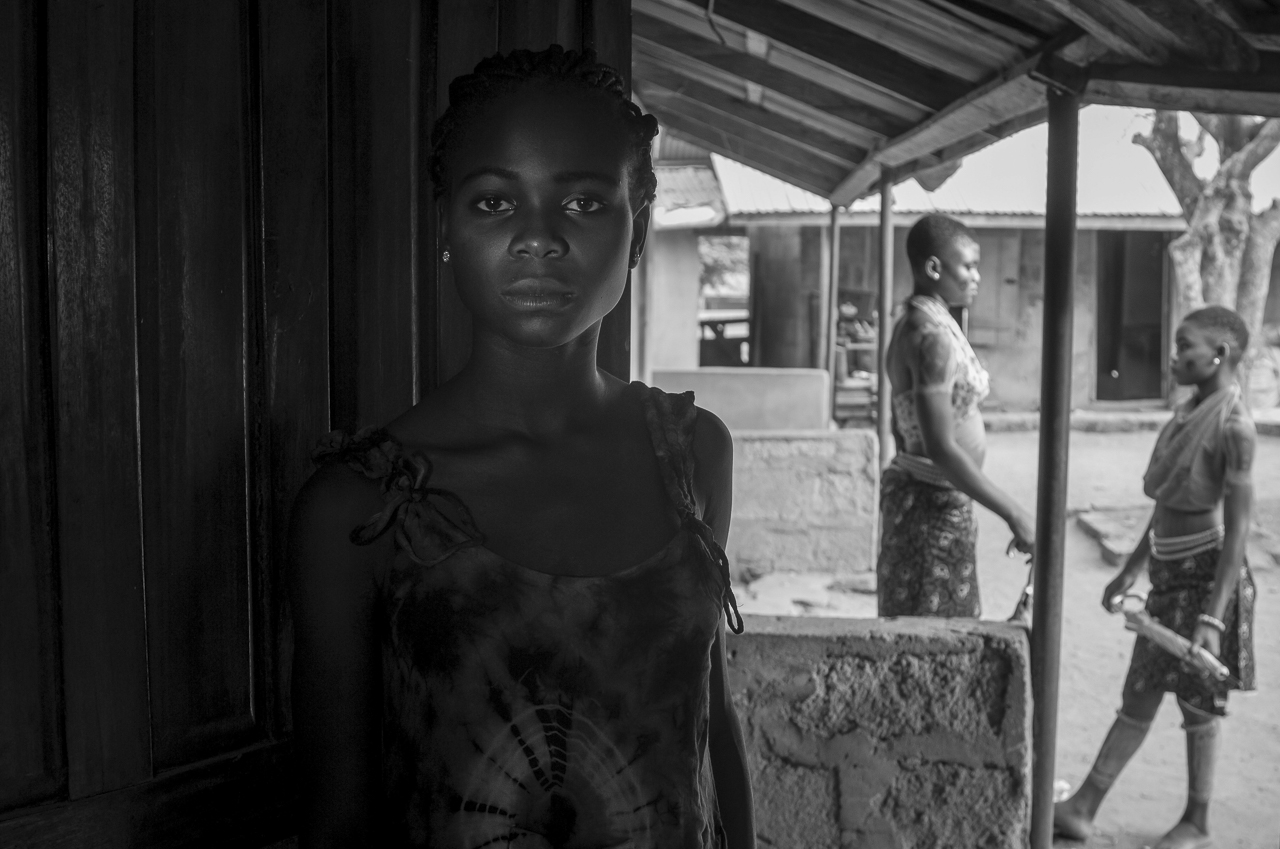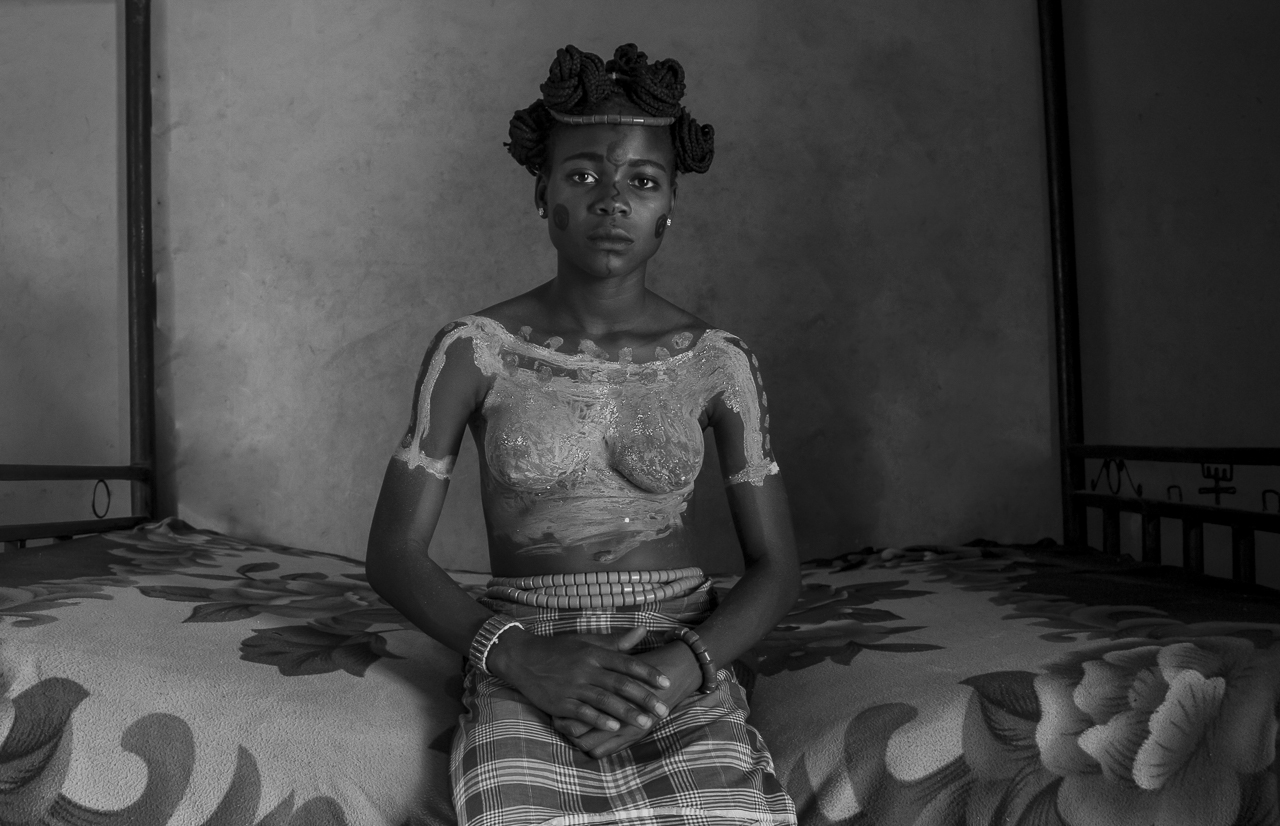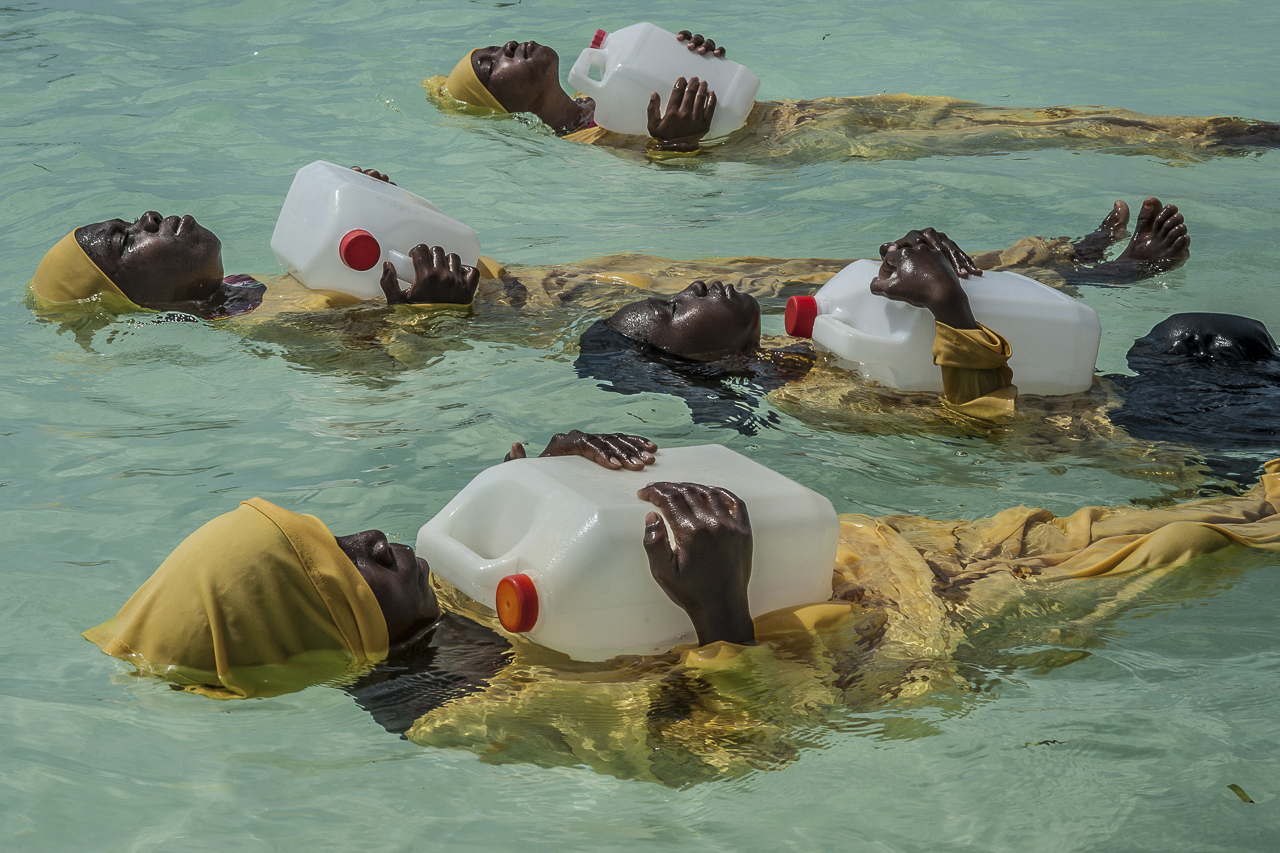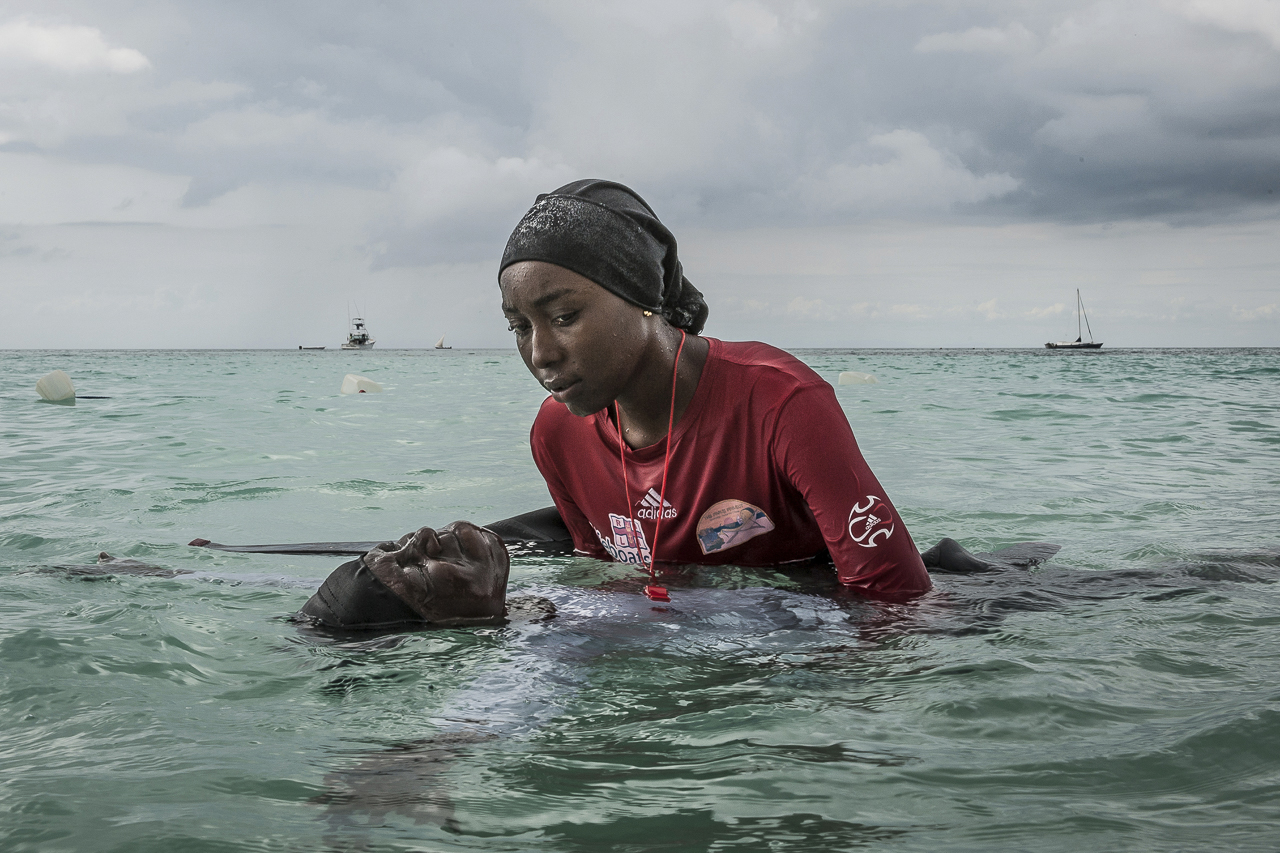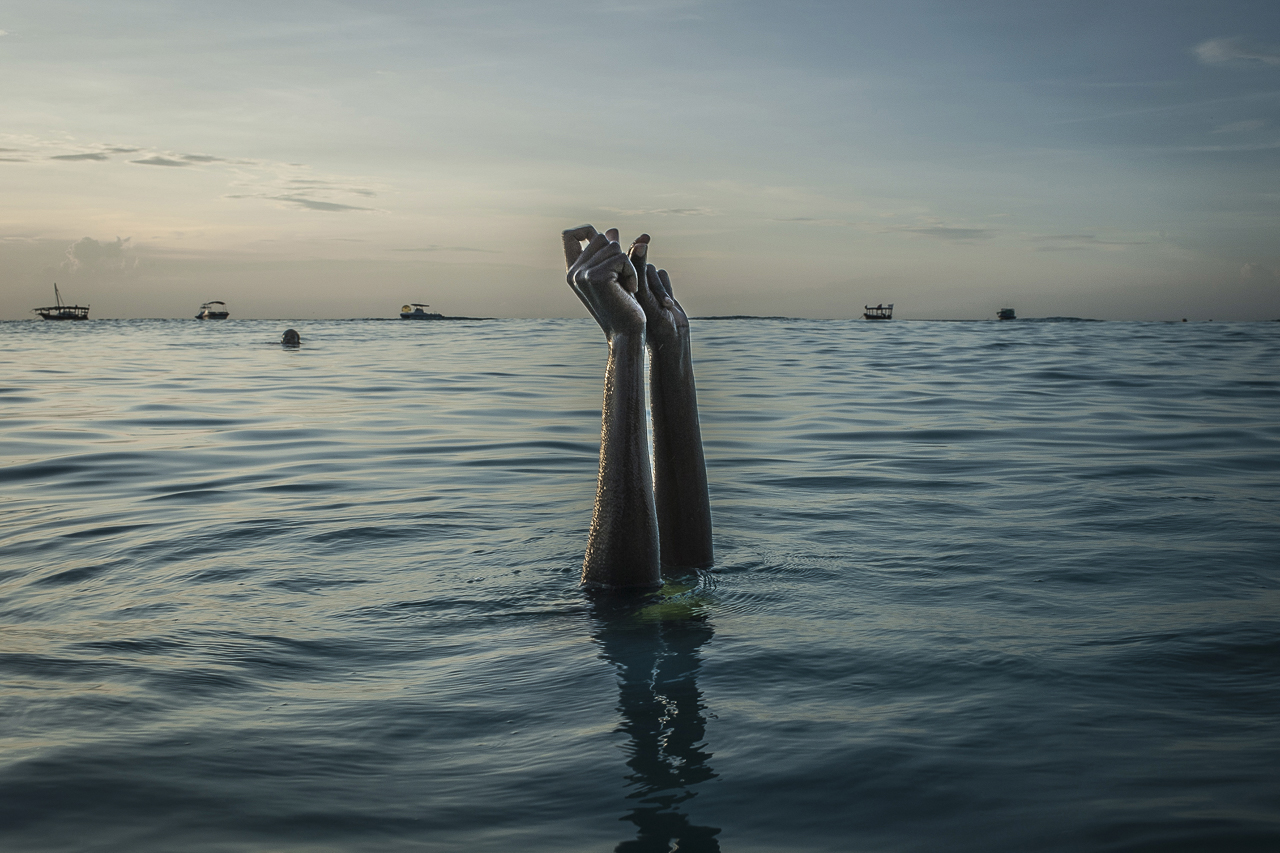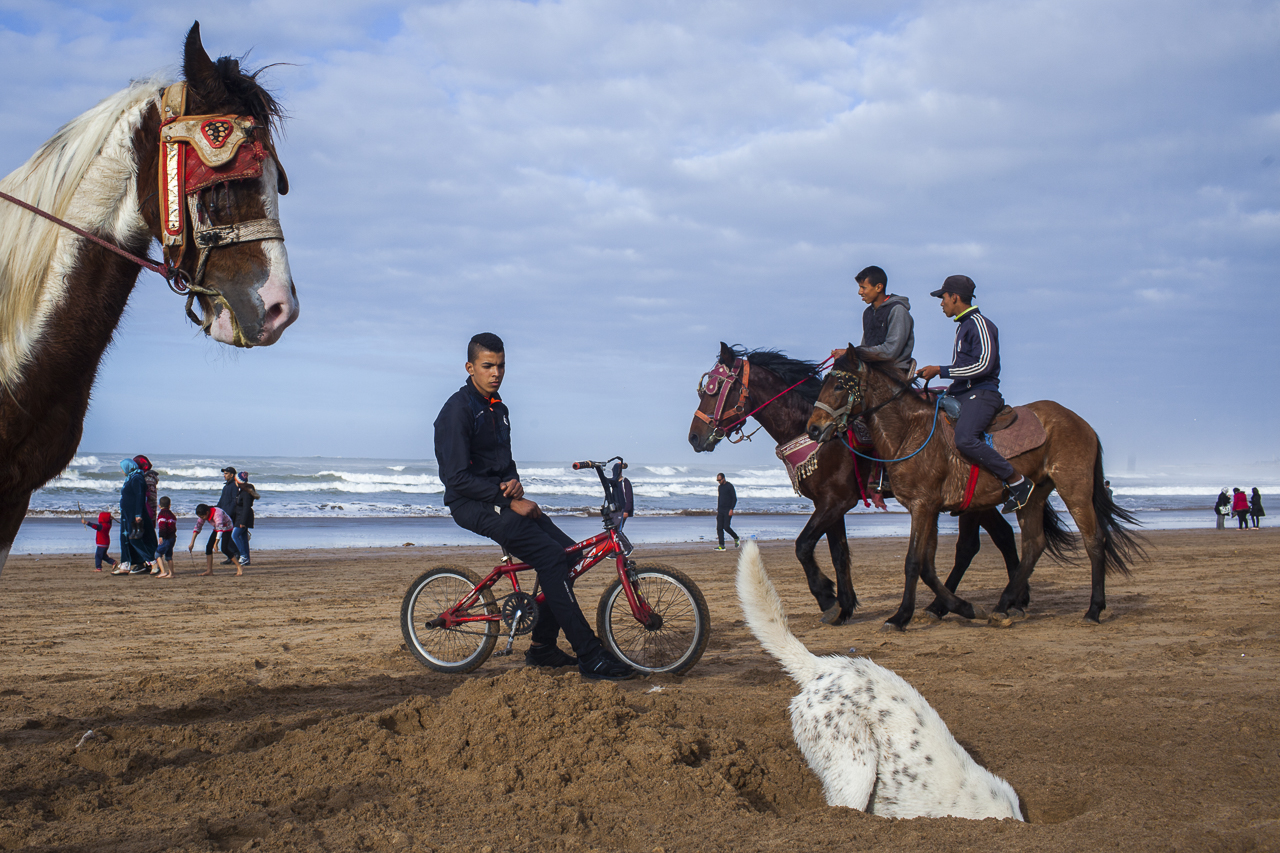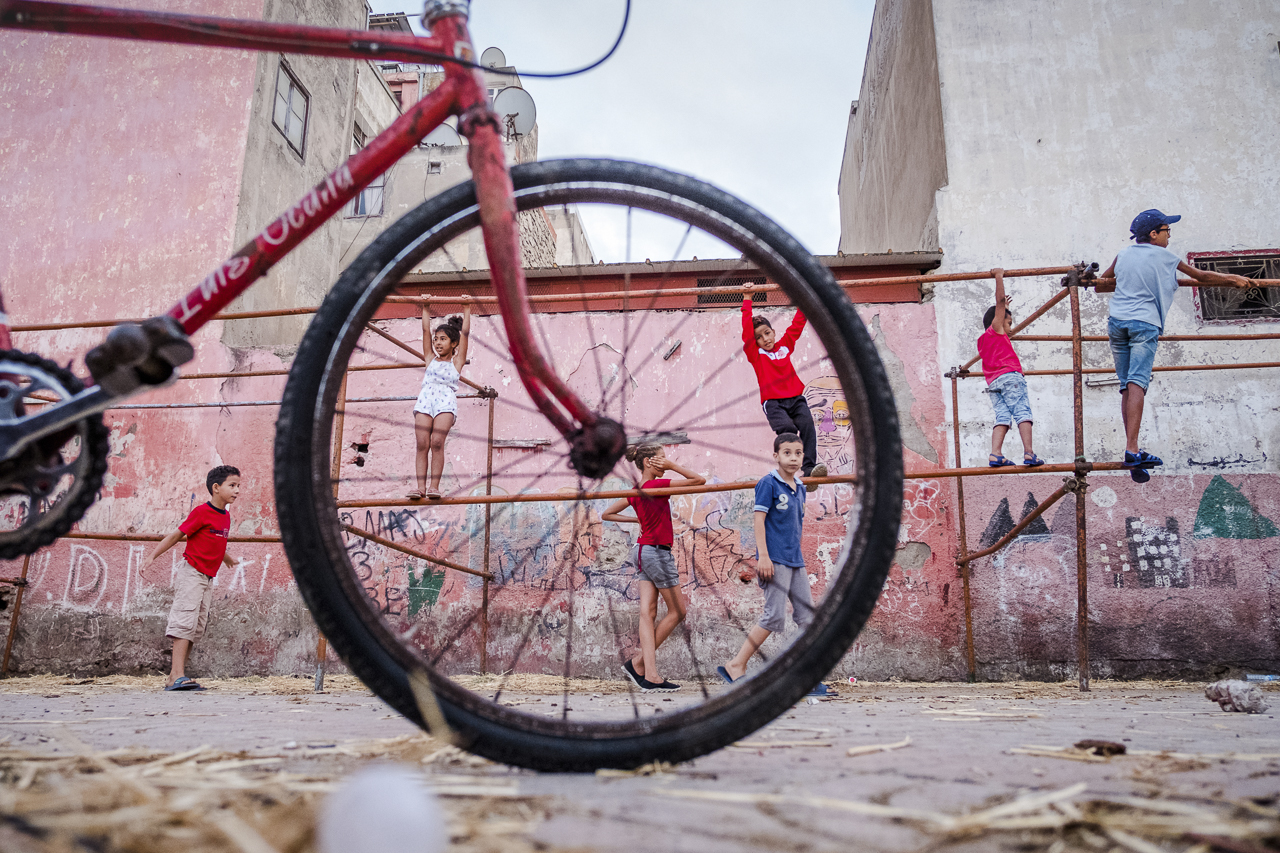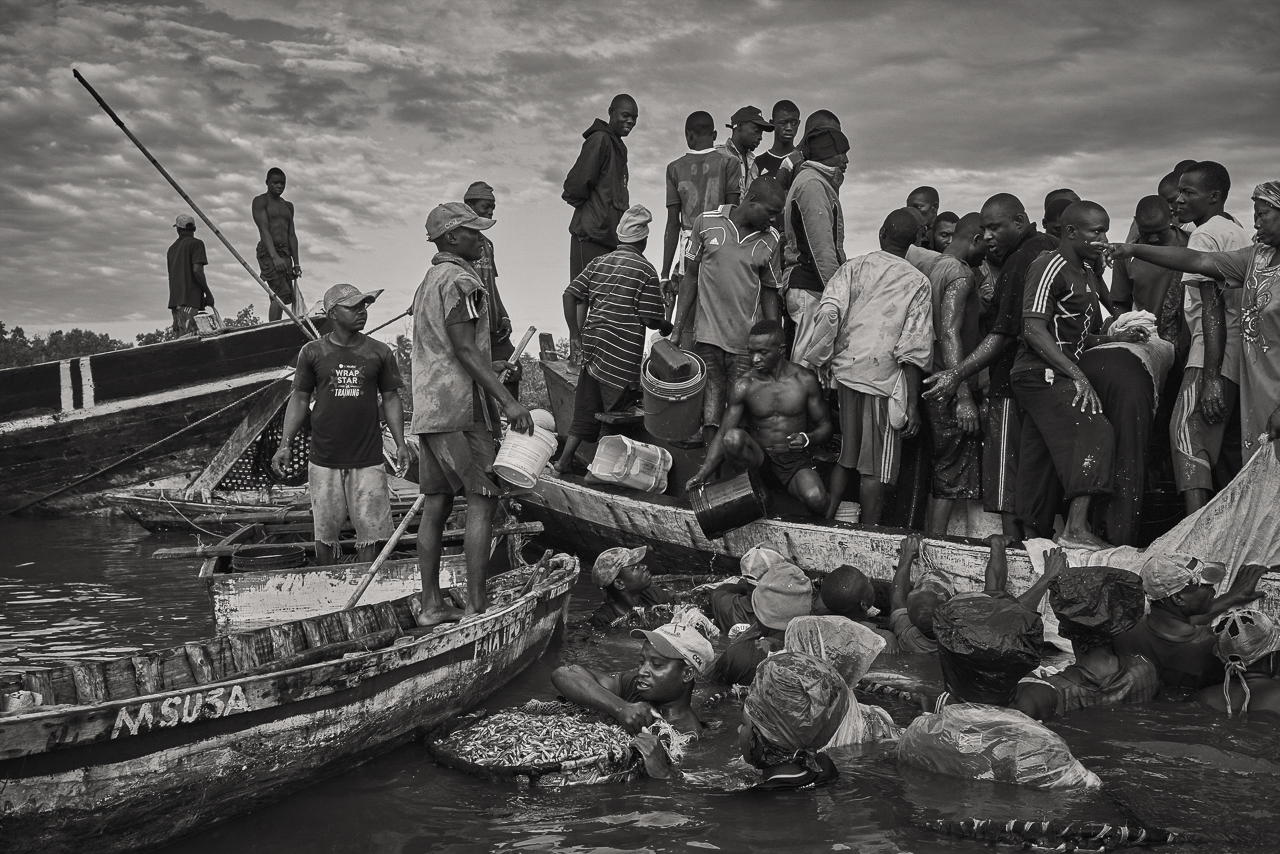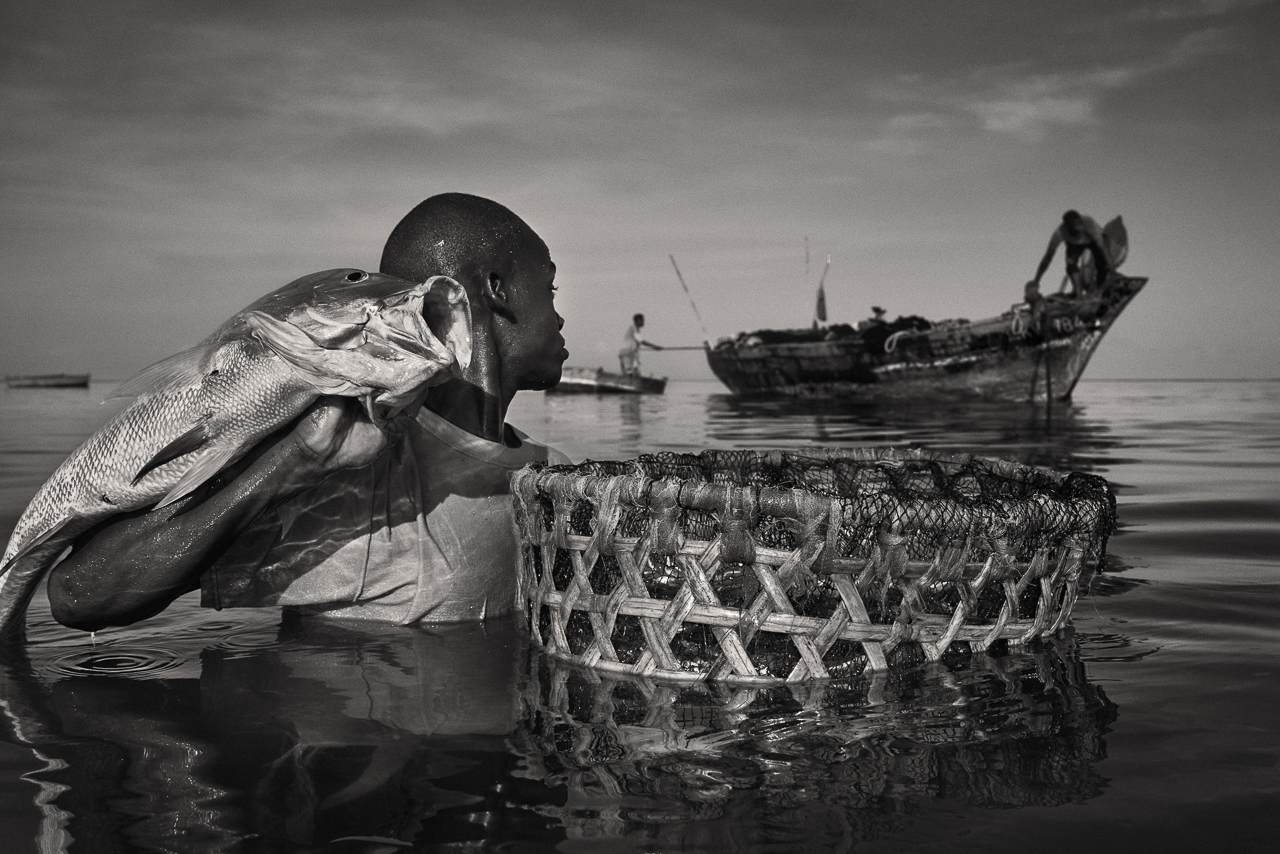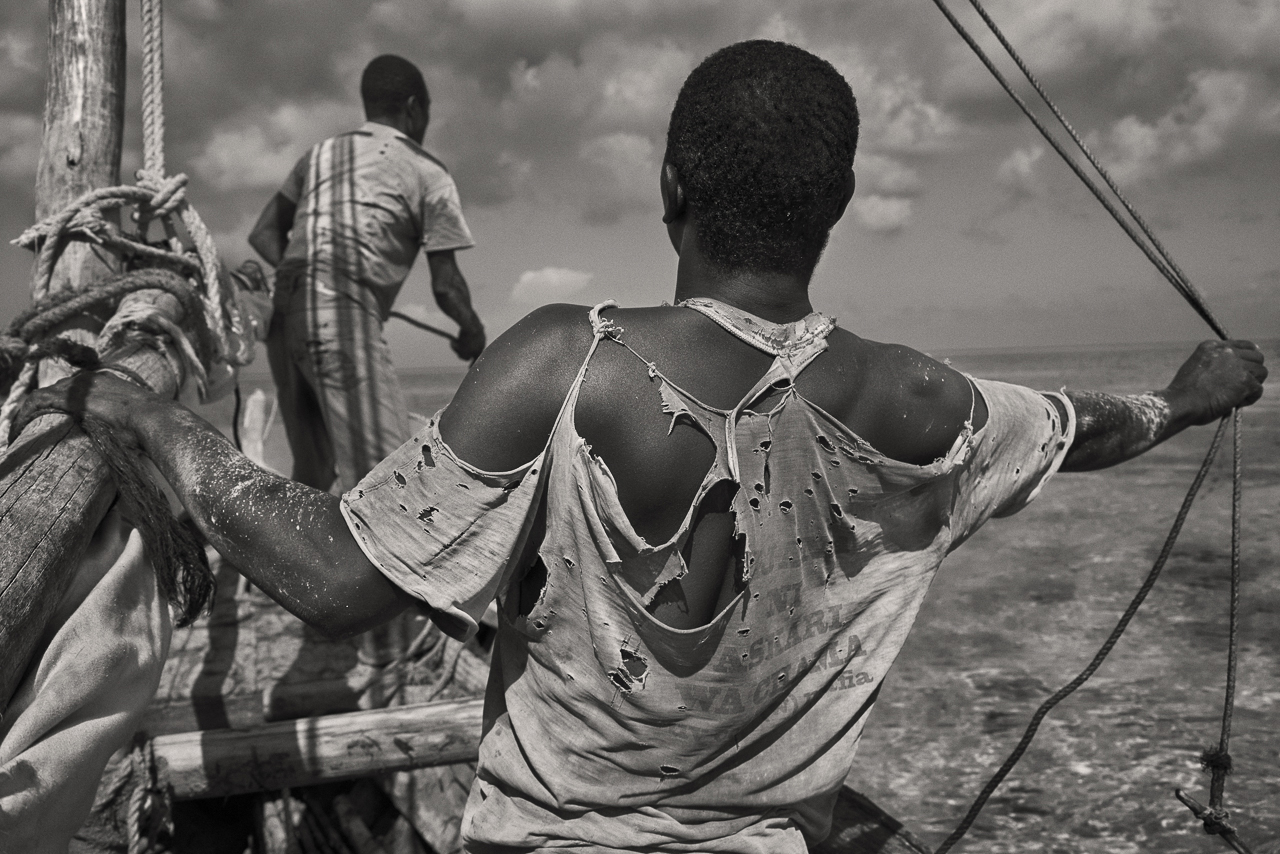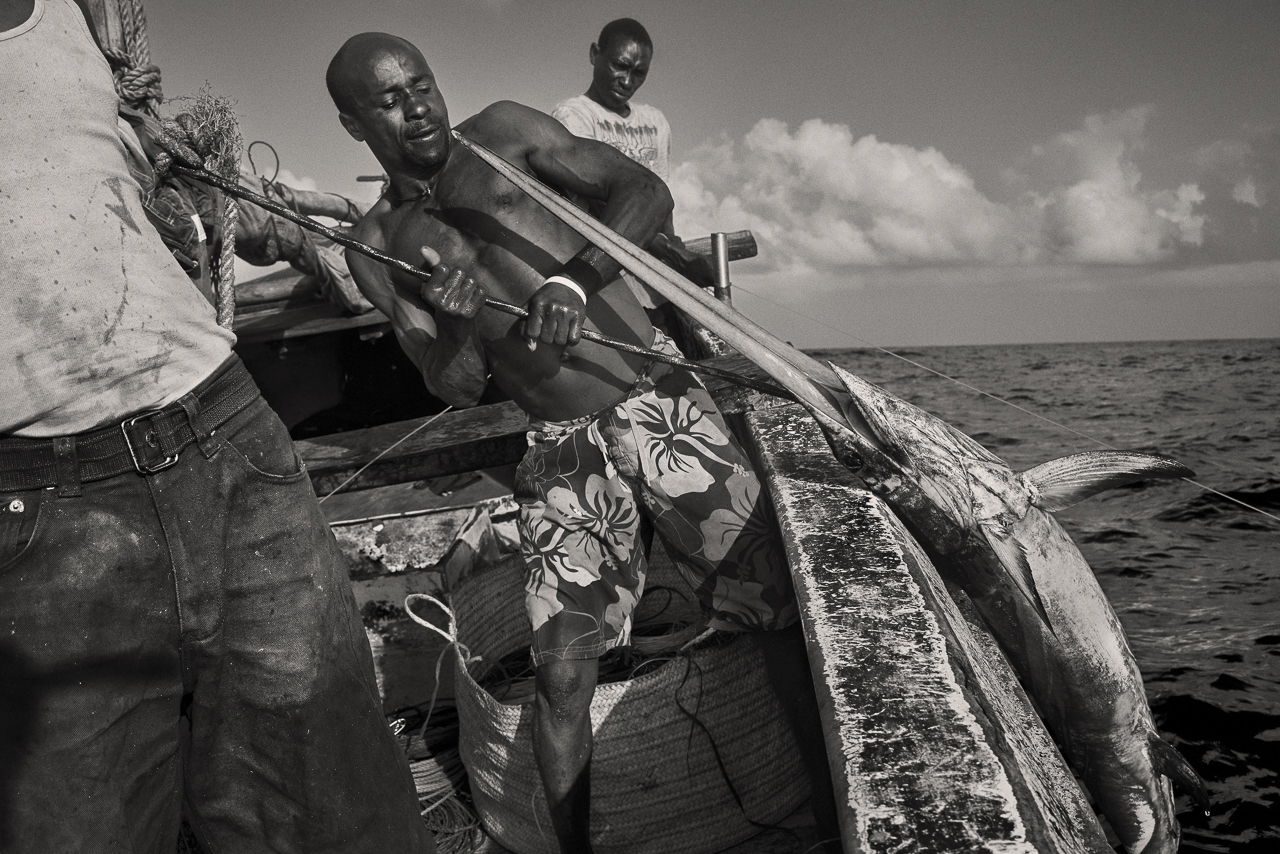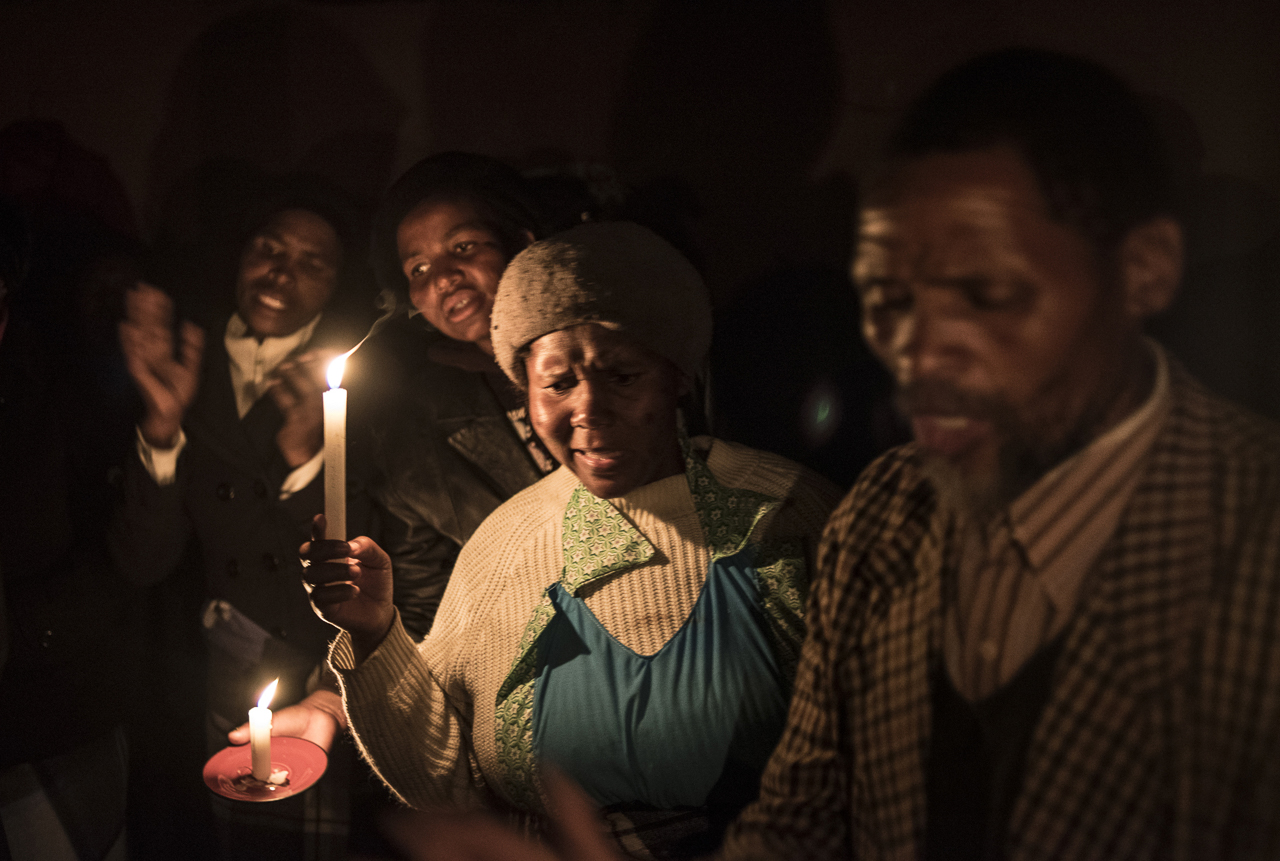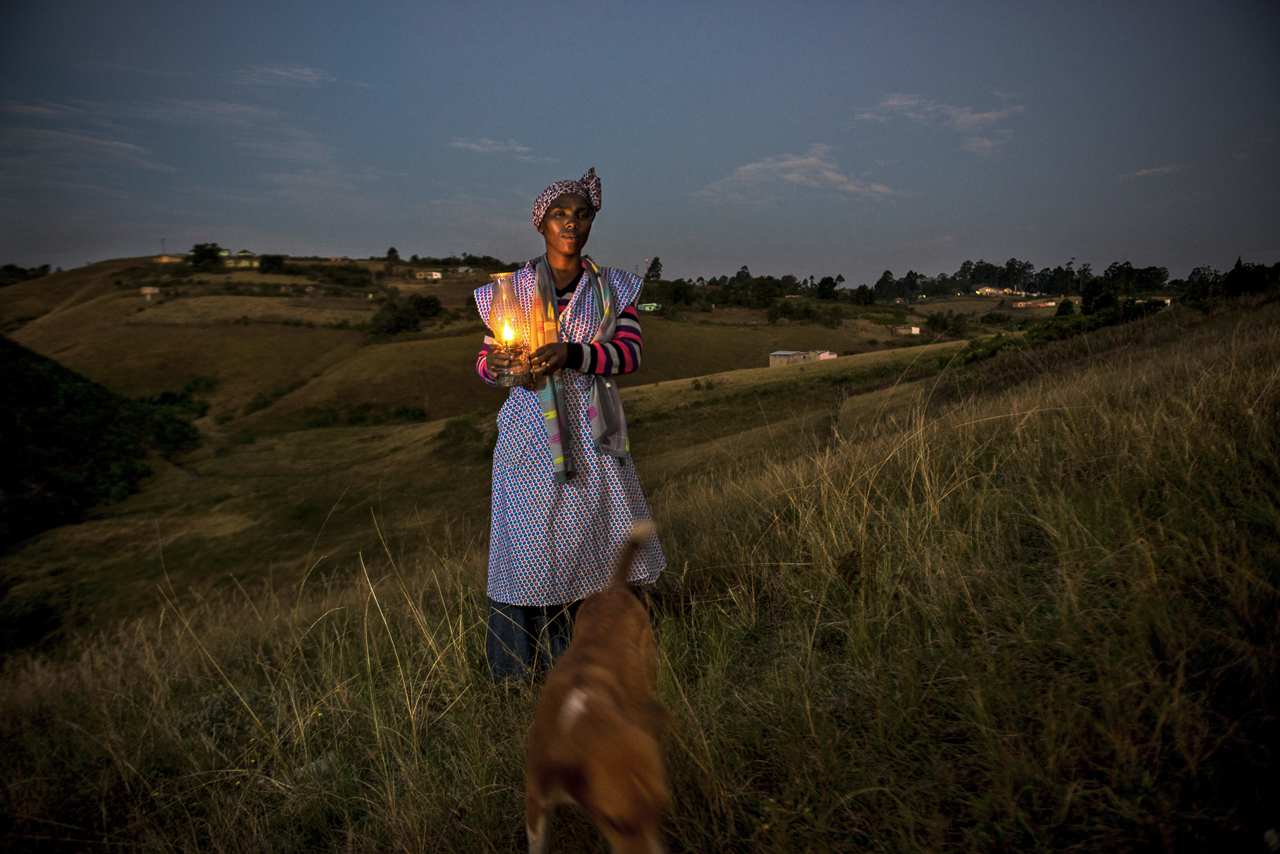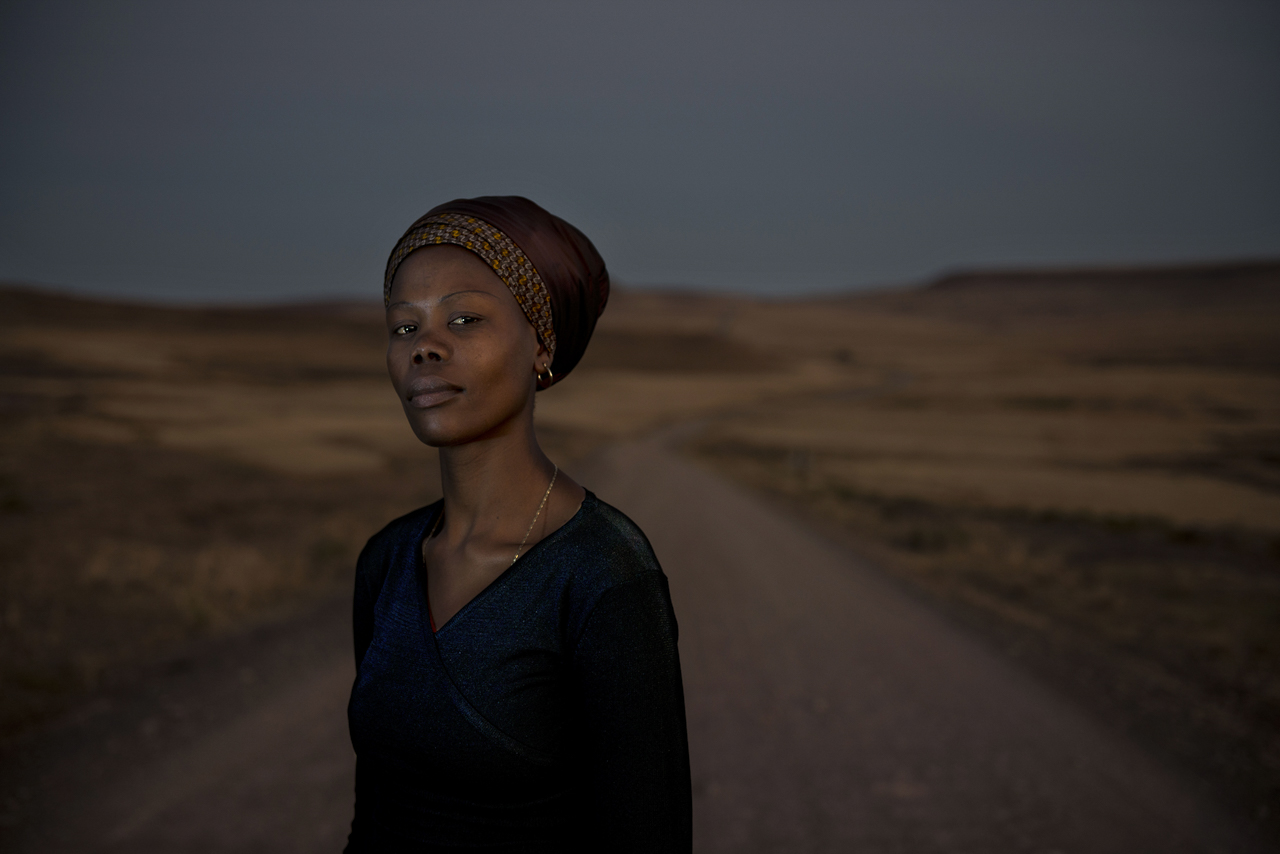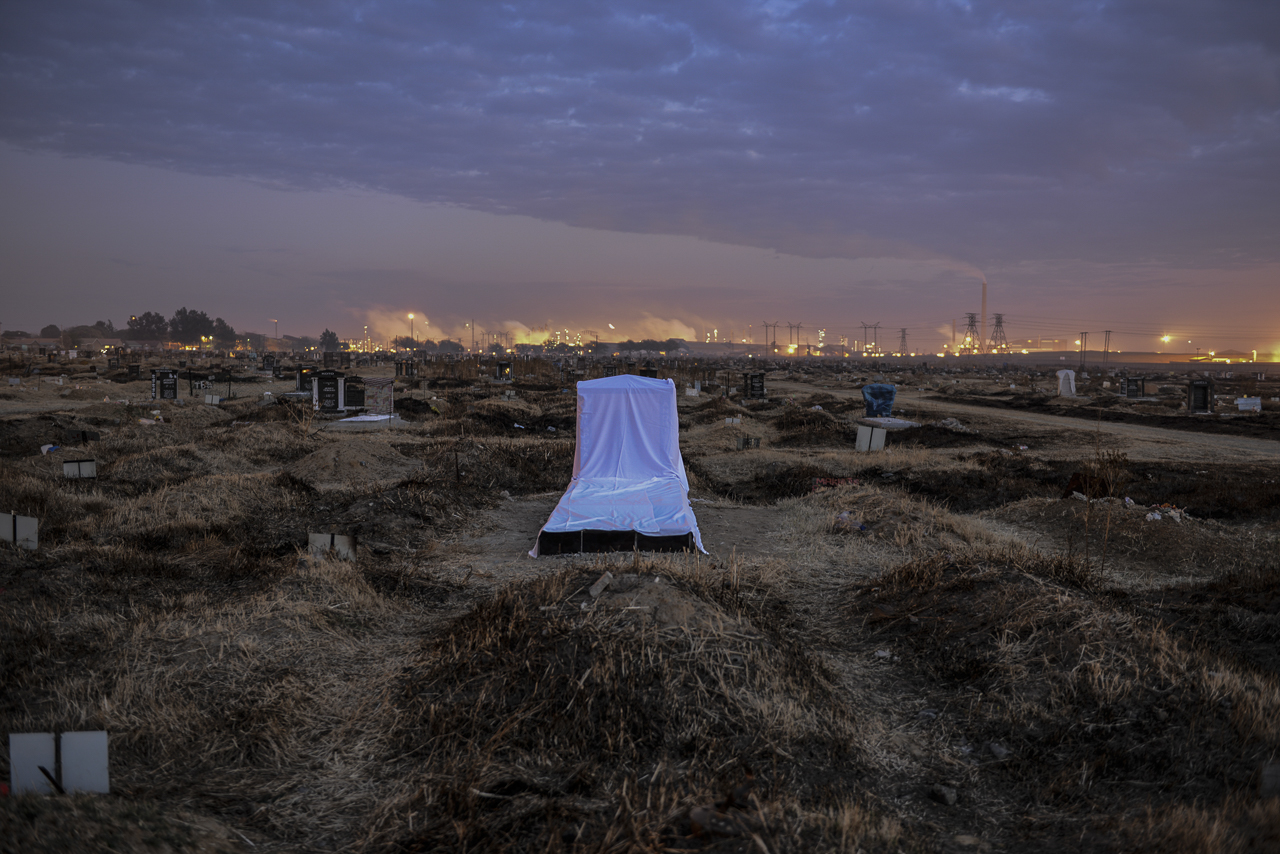From “Casablanca” and “Out of Africa” to news coverage of droughts and armed conflict, the Western mainstream media has often portrayed Africa as a monolith rather than the many distinct countries and cultures that make up the continent.
There are 54 African countries, each with its own history, culture, struggles, and triumphs. The 2018 Contemporary African Photography Prize competition — which will be awarded to five winners in June — aims to raise the profile of African photography and portray the African continent and the African diaspora in a more nuanced manner.
These incredible images by the 25 photographers shortlisted for the prize capture contemporary societies as they deal with the vestiges of colonialism and the evolution of their cultures and traditions. The photos featured below are a small selection from among the dozens of eye-opening series by the shortlisted photographers, showing the many facets of life in countries across Africa, including Morocco, South Africa, and Tanzania.
Jenevieve Aken
Jenevieve Aken’s stunning series “Monankim,” shot in 2017, spotlights the traditional Monankim ritual of the Bakor people, made up of several minority tribes, in Cross River State, Nigeria. The ritual requires the female genital mutilation (also called female circumcision) of girls between the ages of 14 and 18, in order to preserve their “purity” as they mature into women.
Aken is a member of one of the Bakor’s tribes and her work highlights the complex relationship between this controversial, traditional practice and contemporary attitudes about human rights.
Read more: 12 Myths About Female Genital Mutilation Debunked
Anna Boyiazis
Anna Boyiazis’ “Finding Freedom in the Water” captures swimming lessons in Zanzibar, Tanzania. For many around the world, learning to swim is a mundane part of growing up. But for girls and women in Zanzibar, it’s radical.
The people of Zanzibar are predominantly Muslim, and conservative Islamic leaders on the islands have traditionally discouraged girls and women from swimming. Boyiazis’ 2016 series documents the work of the Panje Project, a nonprofit that provides modest, full-length swimsuits to girls and women and teaches them how to swim.
“While the wearing of full-length swimsuits may be seen as subjugation, donning one in order to learn a vital life skill, which has long been and would otherwise be forbidden, is an important first step towards emancipation,” Boyiazis wrote in the essay that accompanies her work. “The lessons challenge a patriarchal system that discourages women from pursuing activities other than domestic tasks. It is this tension between the freedom one feels in and under water and the limitations imposed upon Zanzibari women that is at the heart of this series.”
Yassine Alaoui Ismaili
In “Casablanca Not the Movie,” Moroccan photographer Yassine Alaoui Ismaili sought to challenge the exoticized version of his city that is often depicted in mainstream media. Shot over four years (from 2014 to 2018), Ismaili’s photos show Casablanca as a colorful city and a meeting point for diverse cultures.
Gilles Nicolet
French photographer Gilles Nicolet captures the effects of globalization, resource extraction, and climate change on the fishing industry of the East African coast in his series “Six Degrees South.”
His striking black and white photos show dozens of people searching for marine life in overfished waters. “It could be that we are now witnessing the last of fishing and sailing traditions that had remained largely unchanged for a thousand years,” Nicolet said in an essay about his series. “With this work I have tried to testify to the unique beauty of the Swahili Coast and to record it for generations to come.”
Read more: 62 of World’s Natural Wonders Are at Risk From Climate Change
Paul Botes
In 2012, a strike at the Marikana platinum mine 80 miles north of Johannesburg, South Africa, turned deadly. South African police open fired on the dozens of men who marched out of the mine, killing 34 and injuring 112. The event, known as the Marikana massacre, was the deadliest clash between civilians and the South African police force in more than 50 years and the worst in the post-apartheid era.
In his ongoing photo series, “Marikana - The Aftermath,” South African photographer Paul Botes documents the impact of the Marikana massacre on the families of those killed and the surrounding communities over the past five years.
“Understanding the massacre’s effects on the dead men’s families and communities became urgent because they were ignored in mainstream narratives,” Botes writes of his work. “The project reveals the financial and emotional vacuums created by the deaths and the effects on families and communities ... As mineworkers’ children commit suicide and poverty deepens, the impact echoes for generations.”
